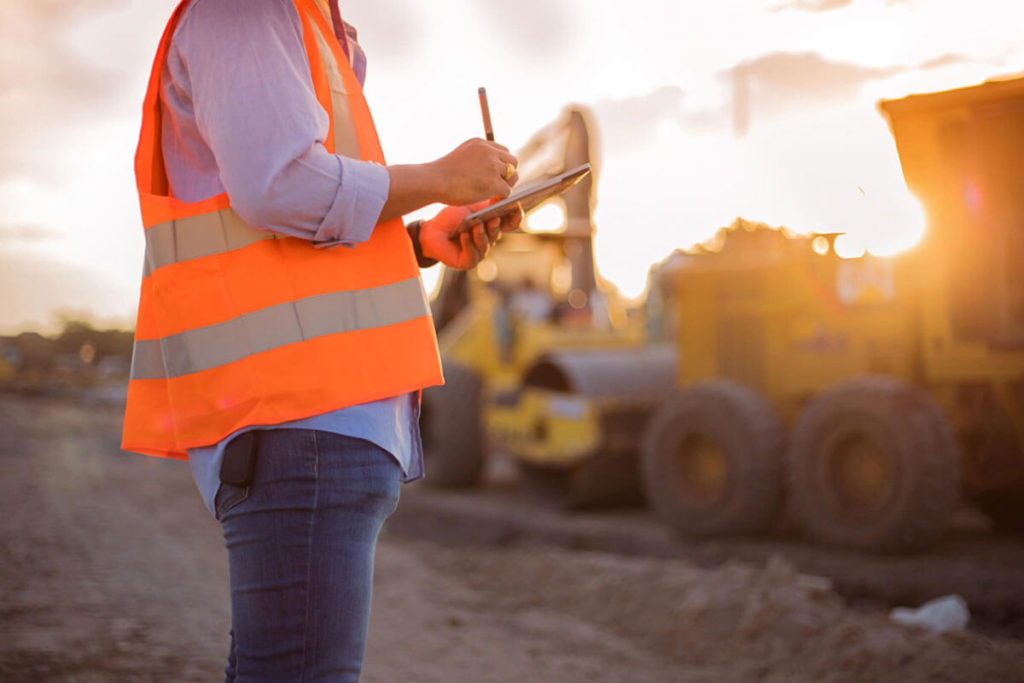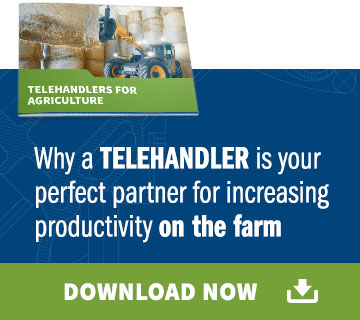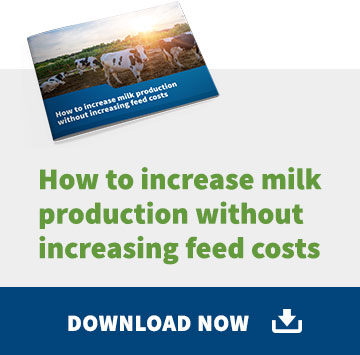Who wouldn’t want their farm to be a safe place to work? Apart from any legal requirement to provide a safe working environment, there’s the peace of mind that comes from knowing you are doing everything you can to ensure you and your staff go home each day alive and well.
That’s why it’s important to stay up with the latest in safe practices, including new processes and machinery that reduce risk. By investing in these, you are also demonstrating to your staff and to regulators your commitment to continuous health and safety improvement.
One such new piece of machinery is a telehandler, and here we look at why they are so beneficial for farm health and safety.

Telehandlers are four-wheeled vehicles that have a telescopic boom capable of supporting a wide range of attachments. As well as a standard bucket or forks, these include yard scraper, post-hole borer, bucket grab and straw blower attachments. In fact, whatever you need to do on your farm, there is a tried and tested attachment for it, so you’ll always have the right gear for the job.
Using the right gear means the job is done as safely as possible. A telehandler fitted with the appropriate attachment will always tick that box. They come with roll-over protection (ROPS) and falling-object protection (FOPS) as standard, and their typically low-mounted boom gives the operator full 360-degree visibility. Many models have extendable stabilisers, as well as load sensors that automatically shut down the machine if limits are exceeded.
Versatile as they are, it is still important to follow the rules for safe use of a telehandler. Models with 4-wheel-drive can easily cope with moving around on farm tracks but care needs to be taken with choosing where to set it up for work, particularly lifting. Attachments need to be suitable and safe, compatible with the machine, and properly maintained. Operators need to know what checks to perform before using the machine to ensure it is safe to use.
Also, the telehandler operator and other people in the area need to be aware of each other and what is going on. The view from a telehandler’s cab is nearly 360 degrees but when the boom is lowered there are blindspots that make it essential for the operator to use the vehicle’s various mirrors to check that everyone is well clear.
Another area of risk comes with transporting loads using the telehandler. When doing so, the boom needs to be as low as possible to keep the centre of gravity close to the ground, which is essential for stability. Plan a route that avoids steep slopes or gradients, and slippery or loose surfaces.
Technology is transforming modern agriculture by making it more efficient and productive, and also safer for those who work in the industry. Making the most of these advances will give you the peace of mind that you are doing everything you can to make your farm a safe place to work, and it will demonstrate your commitment to that goal. Adding a telehandler to your farming operation will achieve both these aims.
Find out which telehandler would be perfect for your farm using our interactive new tool, here.




